|
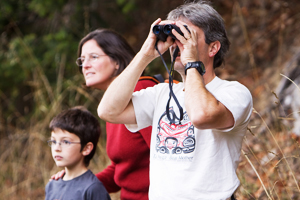
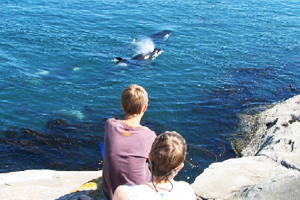
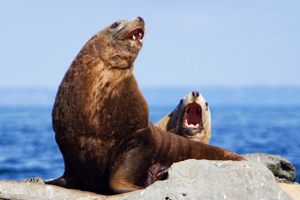
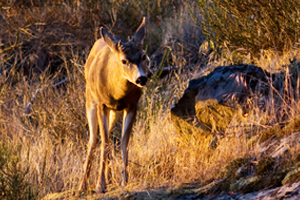
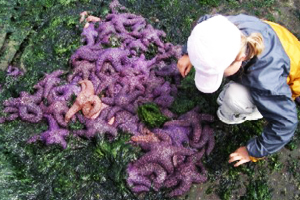
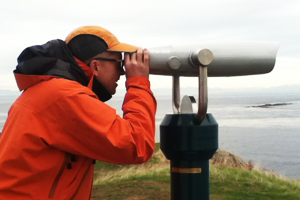
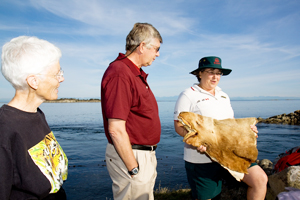
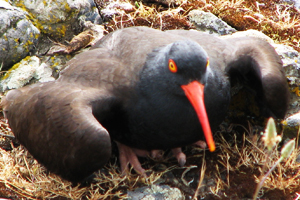
|
Pinch me—this can’t be real!
Imagine sitting quietly on the shore when out of the water pops the head of a seal pup. It looks directly at you with its large round eyes.
It’s easy to make memories like this in the park. All you have to do is follow a few simple tips. We invite you to explore on your own or hire a guide for an eco-tour.
Tip 1: Choose the right location.
-
Black-tailed deer: Deer can be found almost everywhere in the park, except for on a few of the smaller islands.
- Killer Whales: Want to see seals, sea lions, porpoises and Killer Whales? Head to East Point on Saturna Island, a great spot for watching marine mammals from shore.
-
Seabirds: Explore two Important Bird Areas, the lagoon on Sidney Island and the waters off Georgina Point on Mayne Island.
Learn more: Hiking Guide
Tip 2: Choose the right season.
Spring:
- Purple martins at Sidney Spit dock
- Southern resident Killer Whales in all park waters
- Frogs at fresh water lakes on Pender Island (Go at dusk to hear them croaking.)
Summer:
- Southern resident Killer Whales in all park waters
- Harbour seal pups at East Point, Saturna Island (Keep away from the pups on shore. The mother seals are off fishing and will be back soon.)
- Bioluminescence in all park waters (Plankton makes the ocean sparkle at night!)
Fall and winter:
- Brandt’s cormorants at Sidney Island (fall only)
- Steller sea lions at East Point, Saturna Island
Tip 3: Choose the right time and tide.
-
Dawn and dusk: Get up early in the spring to hear songbirds in the park. Deer browse on the roadsides at dawn and dusk, year-round.
-
Afternoon: Seals and sea lions like to climb onto small reefs and islets in the middle of the day to sleep.
-
Night: Go out at night to spot owls, bats and racoons.
-
Low tide: Explore the beaches at a low tide to find sea stars and sea cucumbers.
Tip 4: Be a detective.
-
Use your powers of observation: Listen for animal calls. Look for evidence they’ve left behind: scat, tracks and dinner scraps. When you do spot wildlife, sit quietly and observe.
-
Bring the right gear: A good pair of binoculars or a camera with a telephoto lens will bring you up close and personal without disturbing wildlife.
Learn more: Participate in a park interpretation program.
Tip 5: Respect the wildlife.
View all wildlife from a safe distance:
- If you’re affecting an animal’s behaviour, then you’re too close.
- It is illegal to entice, approach, feed, disturb, possess or remove wildlife from the park.
- If you see tail, fin or spray – stay far enough away.
- Stay 400 metres away from killer whales in all southern BC coastal waters between Campbell River and just north of Ucluelet, which includes Gulf Islands National Park Reserve.
- Stay 200 metres away from killer whales in all other parts of Canadian Pacific waters.
- Stay 100 metres away from all other whales, dolphins and porpoises (unless they are resting or with a calf, then keep 200m away)
Keep yourself and your pets safe:
Wildlife may be frightened and act unpredictably. You don’t want to get bitten and maybe catch a disease. Never approach animals and always keep your dog on a leash.
|







